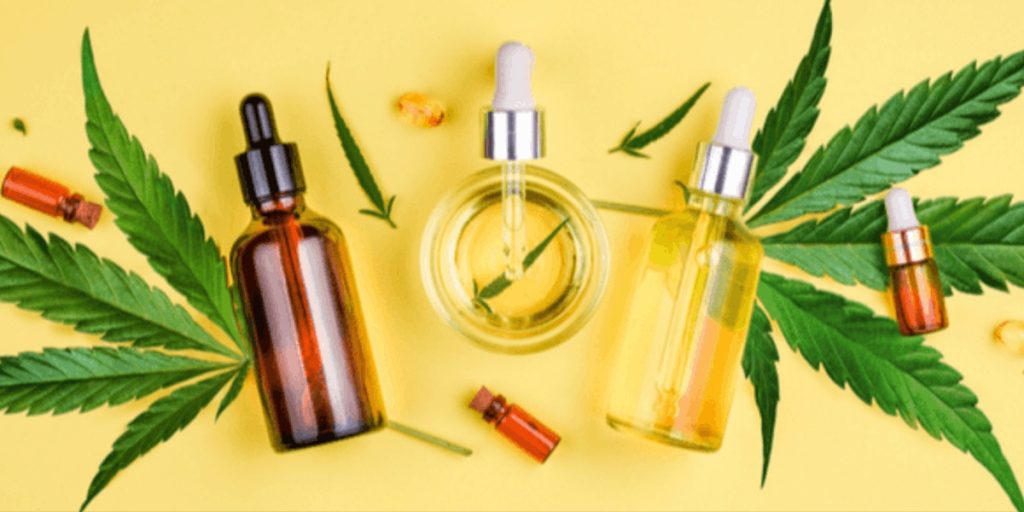 Now that you know what a CBD tincture is for , it’s time to learn how to use them. The most common way to take a tincture is sublingual administration, holding the oil under the tongue for 30 seconds to 1 minute. This area is full of capillaries, tiny blood vessels that connect to arteries and veins. Keeping the formula there allows some of the CBD to bypass the digestive system, thus absorbing faster into the bloodstream. Once the formula stays under the tongue for some time, swallowing the rest will allow the digestive system to use other cannabinoids cbd tincture.
Now that you know what a CBD tincture is for , it’s time to learn how to use them. The most common way to take a tincture is sublingual administration, holding the oil under the tongue for 30 seconds to 1 minute. This area is full of capillaries, tiny blood vessels that connect to arteries and veins. Keeping the formula there allows some of the CBD to bypass the digestive system, thus absorbing faster into the bloodstream. Once the formula stays under the tongue for some time, swallowing the rest will allow the digestive system to use other cannabinoids cbd tincture.
How does a CBD tincture work?
Once absorbed, cannabinoids interact with the endocannabinoid system, which helps regulate a wide range of biological responses.
The ECS is thought to partially control:
Mood
Overnight
Memories
Ache
Appetite
Digestion
immune function
Inflammation, including neuroinflammation
Reproduction and fertility
Engine control
Temperature regulation
Pleasure and reward the answers
The ECS is made up of a series of CB1 and CB2 receptors. These receptors communicate with the naturally occurring endocannabinoids in our body, as well as the phytocannabinoids of plants, most of them cannabis. CBD, CBG, and other cannabinoids interact with CB2 receptors in the body, while THC interacts with CB1 receptors in the brain. That’s why THC is intoxicating and CBD isn’t.
The multifunctional purpose of the ECS and how cannabis interacts with it reveals why CBD applies to a wide variety of conditions. When any of the functions listed above get out of control, the ECS helps regulate homeostasis and cannabinoids support this function.
In accumulation to cannabinoids, the ECS also comprises enzymes Caled as FAAH that crack cannabinoids. These enzymes sustain symmetry in the ECS, and that it is not invaded by cannabinoids.
Is CBD tincture the same as CBD oil?
Yes and no. The term CBD oil describes both an oil-based tincture and an extraction. But tinctures are also often associated with herbal extracts concentrated in vinegar or alcohol.
To make a traditional cannabis tincture, the plant material is dipped in alcohol, which extracts the chemicals from the hemp plant. Over time, alcohol extracts desired compounds from the plant, such as cannabinoids and terpenes. Since this is less labor intensive than other types of extraction, alcohol-based hemp tinctures are often cheaper. They retain a bitter, alcoholic taste that is quite tart, so many people mix alcohol-based tinctures into other foods or drinks.

